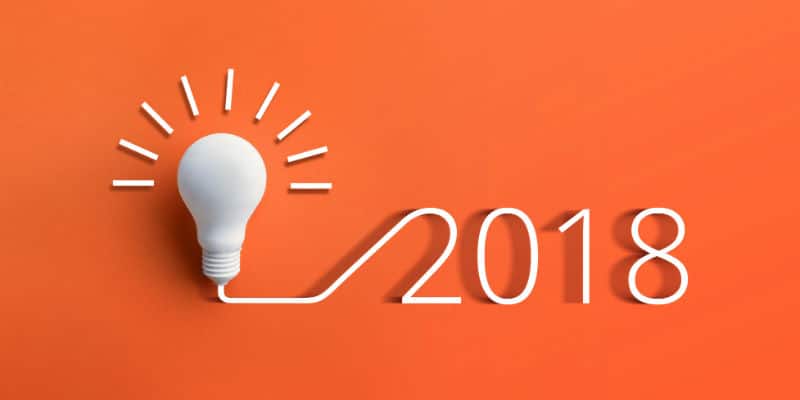At the Christensen Institute we work hard to document cutting-edge innovations, study those innovations through the lens of our theory, and predict the outcomes they stand to produce.
This year the education team at the Christensen Institute dug into a wide array of innovative models and policies across the K-12 and higher education spheres. Here are the big five questions we set out to answer in 2018:
1. How can higher education policy protect—and encourage—innovation?
With a shuffling deck in Congress and a slew of new hires at the Department of Education, the winds of higher education policy continued to shift throughout this year. In her look at efforts in both the House and Senate to reauthorize the Higher Education Act, Alana Dunagan outlined key steps to modernizing the HEA and creating a regulatory climate friendly to innovation and accountable to outcomes. At the top of that list? Unlocking online competency-based models that put students at the center of higher education’s business model; fixing a byzantine and input-driven accreditation model that reinforces the broken business model and spurns innovation; and setting up an infrastructure to address the startling lack of data available to hold colleges and universities accountable for producing student outcomes. Read more here.
2. What does the future of teaching hold?
New instructional models, expanded definitions of student success, and powerful technologies are all penetrating K-12 classrooms. These shifts aren’t only rejiggering the student experience—they are also spurring efforts to fundamentally reimagine the role of teachers. This year, in partnership with Public Impact, Tom Arnett took a deep dive into 8 pioneering schools pursuing innovative staffing structures in an effort to allow teachers to team teach, to specialize, and to build stronger connections with small groups of students. Arnett also set out to explore teachers’ willingness to make these dramatic shifts in classroom choreography. In partnership with Fremont Street Fund, he investigated what motivated teachers—their Jobs to Be Done—to shift their approach to instruction. Read more here and here.
3. We know what students know… but what about whom they know?
Decades of education reform efforts have brought academic outcomes—and disparities therein—into focus. But everyone knows that test scores are an incomplete proxy for success. With half of jobs coming through personal connections, opportunity is not just academic. It’s social. With an eye towards the fundamental role that networks play, we published our latest book, Who You Know, profiling promising innovations that deliver crucial relationships to help students get by and get ahead. We also released a free website at www.whoyouknow.org, cataloging the growing market of edtech tools that connect students to new relationships. Read more here.
4. What are the ingredients for disrupting college?
As new entrants continue to flood the higher education market, it could be tempting to ignore the innovations emerging from traditional institutions. But we’ve also seen promising approaches to expand affordability and access emerge from visionary leaders and innovative business models within traditional systems. This year, Alana Dunagan profiled one such university: Western Governor’s University (WGU). WGU’s approach to everything from pedagogy to staffing to curriculum bucks the structures of most traditional colleges, with compelling outcomes data to boot. Its model possesses all of the key elements of a disruptive model in higher education. Read more here.
5. Who’s blending learning?
For over five years, the Christensen Institute has been building the largest database of blended-learning schools and districts around the world. This year we continued to add to our directory of schools and districts integrating technology to shift instruction and diversify learning pathways. These blended- and personalized-learning efforts are arising from a wide array of players: from a district at the southernmost tip of Texas in the Rio Grande Valley to a community charter high school in the heart of the Bronx. Their stories confirm what we’ve long said: implementing blended learning is a journey, not a one-time initiative. Read more here.
What’s in store for education innovation in 2019? Stay tuned for our round-up of key innovation trends to watch as we build on these efforts in the new year.



